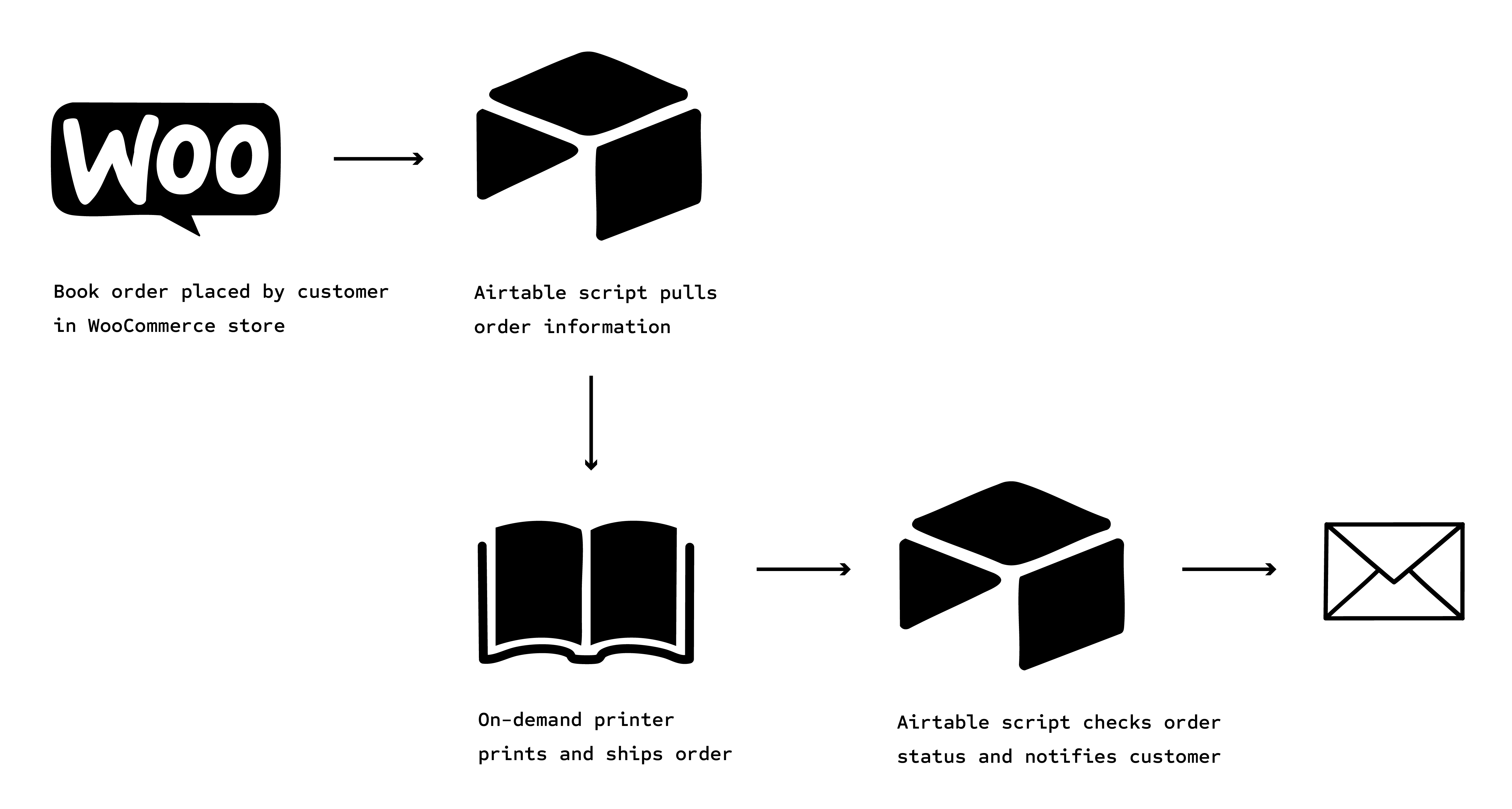
How one team overcame Asana’s flexibility to streamline project reporting
Background
A project team appreciated Asana for its flexibility, which allowed them to tailor their project management process to fit their unique workflows. With the ability to create custom task lists, boards, and timelines, they felt empowered to adapt the tool to their specific needs and preferences. This adaptability enabled team members to work in a manner that suited their individual styles, fostering creativity and innovation.
However, this same flexibility soon became a double-edged sword. Without a standard structure for organizing information, team members often found themselves confused about where to locate important documents or updates on project status. As tasks grew in number and complexity, the lack of a cohesive framework made it increasingly difficult to maintain clarity. The absence of a clear structure meant that new team members faced a steep learning curve, as they had to navigate through a maze of disparate information to understand ongoing projects.
Furthermore, retrieving information for management reports became a cumbersome task, requiring team members to sift through disorganized data to provide summaries. Team members often found themselves manually compiling data from multiple tasks and boards, a labor-intensive process that detracted from the time they could spend on actual project work.

Solution
The integration of custom JavaScript with Airtable in conjunction with the Asana REST API represented a significant advancement in the team's project management methodologies. By leveraging the capabilities of these powerful tools, the team could create standardized ticket structures that streamlined workflow processes within Asana projects. This meant that rather than crafting individual tickets from scratch, the team could utilize predefined templates that ensured consistency and reduced the time invested in ticket creation. The implementation not only enhanced productivity but also fostered clearer communication among team members as everyone adhered to the same structure.
By employing additional scripts that could pull data from the standardized ticket structures, the team could generate concise summaries that provided management with key insights at a glance. This capability allowed leaders to quickly assess project status, identify bottlenecks, and allocate resources more efficiently. Furthermore, the automation of these processes minimized the risk of human error, ensuring that the information presented was both accurate and timely. As a result, management could focus on strategic initiatives rather than getting bogged down in the minutiae of project tracking, ultimately leading to more effective oversight and enhanced team performance.

